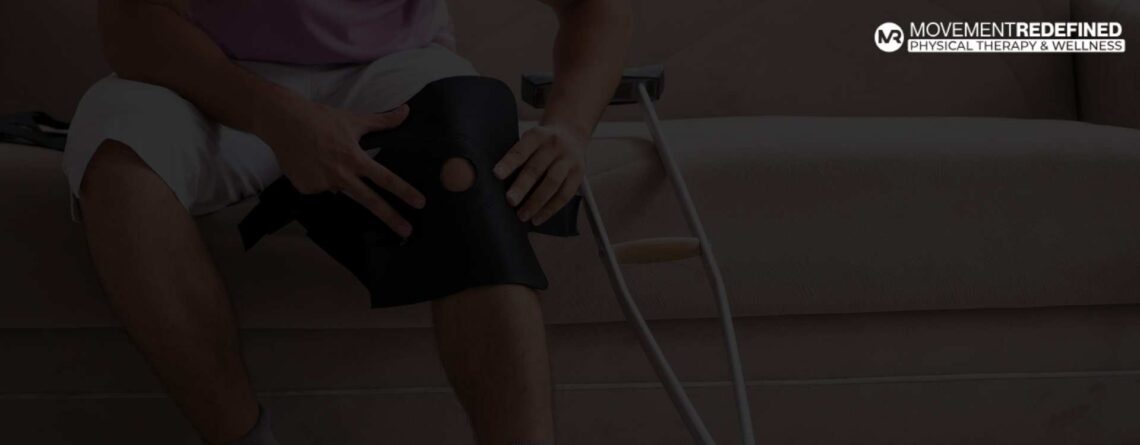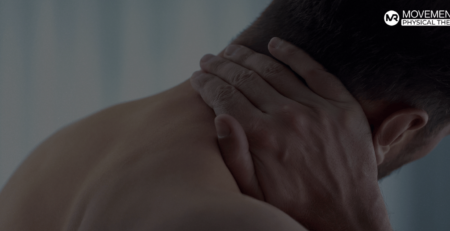Build Strength/Stability After Surgery: Expert Tips from Movement Redefined
Recovering from surgery can be a challenging journey, but with the right physical therapy, you can regain your strength and stability, ensuring a return to daily activities and overall well-being. Whether you’re recovering from a joint replacement, ACL reconstruction, or spinal surgery, physical therapy is a cornerstone of effective post-operative care.
Understanding the Basics of Post-Surgery Rehabilitation
Post-surgery rehabilitation aims to alleviate pain, reduce inflammation, minimize the formation of scar tissue, and restore mobility. At Movement Redefined, we believe in a personalized approach to recovery, considering each patient’s specific surgical outcomes and overall health. This tailored method ensures that every individual receives the optimal care suited to their recovery needs.
Key Exercises to Enhance Recovery
Physical therapy typically involves a variety of exercises that cater to different stages of recovery. Here are some key types of exercises used in post-operative care:
- Range of Motion Exercises: Initially, gentle movements help to restore joint mobility and prevent stiffness.
- Strengthening Exercises: As recovery progresses, targeted exercises help rebuild muscle strength and support the joints.
- Balance and Stability Exercises: These are crucial for restoring coordination and preventing falls, especially after lower body surgeries.
Movement Redefined’s physical therapists customize these exercises based on the type of surgery you’ve undergone and your current health status. For instance, knee surgery patients may focus more on leg strengthening and balance exercises, while shoulder surgery patients might engage in exercises that enhance joint mobility and upper body strength.
Advanced Therapies to Complement Traditional Routines
To complement traditional exercise routines, there are a range of advanced therapies that can be used to enhance recovery:
- Manual Therapy: Techniques such as massage, mobilization, and manipulation help improve tissue healing and joint function.
- Ultrasound Therapy: This modality promotes deep tissue healing by using sound waves to generate heat and improve circulation.
- Electrical Stimulation: Often used to reduce pain and stimulate muscle contraction, helping to strengthen weakened muscles post-surgery.
These therapies are selected based on their ability to accelerate the recovery process and can be integrated into a personalized treatment plan.
Patient Education and Self-Care Tips
Education is a critical component of rehabilitation. Movement Redefined’s therapists ensure patients understand their recovery process, teaching them about proper body mechanics and movements to prevent re-injury. Here are some self-care tips that might be included in your education sessions:
- Ergonomic Adjustments: Making changes to your home and workplace to ease daily activities.
- Lifestyle Modifications: Adopting habits that promote better health and support recovery, such as nutritional adjustments and hydration.
Patients are also encouraged to engage in prescribed at-home exercises regularly to maintain progress between therapy sessions.
Monitoring Progress and Adjusting the Plan
An essential aspect of post-surgery rehabilitation at Movement Redefined is the ongoing assessment of patient progress. Our therapists regularly review your recovery and adjust exercises and therapies as needed. This adaptive approach helps us ensure that you are always on the most direct path to recovery, addressing any challenges that arise promptly.
How to Build Strength and Stability After Surgery: Conclusion
Building strength and stability after surgery is a comprehensive process that requires expert guidance and personalized care. At Movement Redefined, our team of dedicated physical therapists is committed to helping you recover your mobility and strength, empowering you to return to the activities you love. If you are preparing for surgery or are in the early stages of recovery, reach out to us to learn more about how our tailored physical therapy programs can help you on your journey to recovery.










